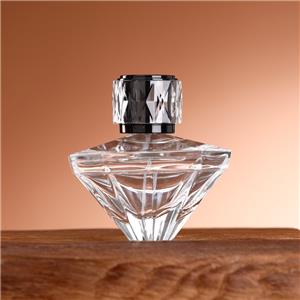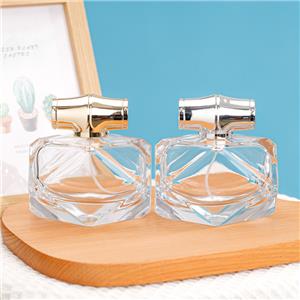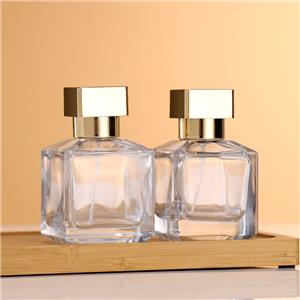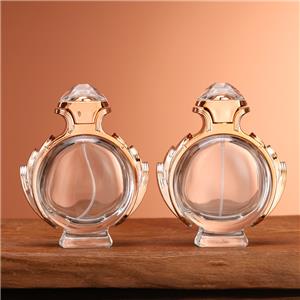Perfume Bottle Materials Guide: Glass, PET, and Other Materials
Perfume Bottle Materials Guide: Glass, PET, and Other Materials
✅ Introduction
When it comes to **perfume packaging**, the choice of **bottle material** affects not only **aesthetics** but also **functionality, durability, and cost**.
Whether you want a **luxury high-end look** or a **lightweight travel-friendly design**, knowing the pros and cons of each material helps you choose the best option for your brand.
In this guide, we’ll explore the **most common perfume bottle materials** — from traditional glass to innovative plastics — and help you make the right decision.
1. Glass Perfume Bottles
**Why it’s popular**: Glass is the gold standard for perfume packaging due to its **premium feel** and **excellent scent preservation**.
**Advantages**:
* High-end look and feel
* Non-reactive with fragrance
* Wide decoration possibilities (printing, frosting, spraying)
**Disadvantages**:
* Heavier than plastic
* Fragile if not handled carefully
* Higher shipping cost for large volumes
**Best for**:
* Luxury brands
* Long-lasting premium collections
2. PET (Polyethylene Terephthalate) Bottles
**Why it’s used**: PET is a lightweight, shatterproof plastic that can mimic glass appearance at lower cost.
**Advantages**:
* Lightweight and durable
* Lower shipping costs
* Recyclable and eco-friendly options available
**Disadvantages**:
* Slightly less luxurious feel than glass
* Can be scratched more easily
* Less heat resistant
**Best for**:
* Travel-size perfumes
* Budget-friendly or mass-market collections
3. Acrylic (PMMA) Bottles
**Why it’s chosen**: Acrylic offers **glass-like clarity** without the fragility.
**Advantages**:
* Crystal-clear transparency
* Strong impact resistance
* Good for creative shapes
**Disadvantages**:
* More expensive than PET
* Not as scratch-resistant as glass
**Best for**:
* Display bottles
* Decorative perfume collections
♻️ 4. Aluminum Perfume Bottles
**Why it’s special**: Aluminum bottles are **lightweight, durable, and block light**, making them perfect for protecting fragrances.
**Advantages**:
* Lightproof and airtight
* Lightweight but strong
* Good for outdoor/travel use
**Disadvantages**:
* Limited transparency
* Fewer decoration options compared to glass
**Best for**:
* Niche or travel fragrances
* Perfumes sensitive to light
5. How to Choose the Right Material
| Brand Goal | Recommended Material |
| ------------------------------- | -------------------- |
| Luxury & premium feel | Glass |
| Cost efficiency & safety | PET |
| Unique design display | Acrylic |
| Travel & light-sensitive scents | Aluminum |
Tip: Some brands **combine materials** — e.g., glass body with PET inner container — for both beauty and durability.
6. Sustainability Considerations
With growing environmental awareness, many brands are switching to:
* **Recycled glass**
* **Bio-based PET**
* **Refillable perfume bottle designs**
Choosing eco-friendly materials can boost your brand image and appeal to conscious consumers.
Ready to Choose Your Perfect Perfume Bottle?
We offer **glass, PET, acrylic, and aluminum** perfume bottles, plus **custom decoration services** to match your brand style.
[Contact us now] for free samples and a material consultation.




